 Limited Edition Golden Llama is here! Check out how you can get one.
Limited Edition Golden Llama is here! Check out how you can get one.  Limited Edition Golden Llama is here! Check out how you can get one.
Limited Edition Golden Llama is here! Check out how you can get one.
 Offering SPR-BLI Services - Proteins provided for free!
Offering SPR-BLI Services - Proteins provided for free! Get your ComboX free sample to test now!
Get your ComboX free sample to test now!
 Time Limited Offer: Welcome Gift for New Customers !
Time Limited Offer: Welcome Gift for New Customers !  Shipping Price Reduction for EU Regions
Shipping Price Reduction for EU Regions
> Kernreagenzien für die Erforschung von Infektionskrankheiten
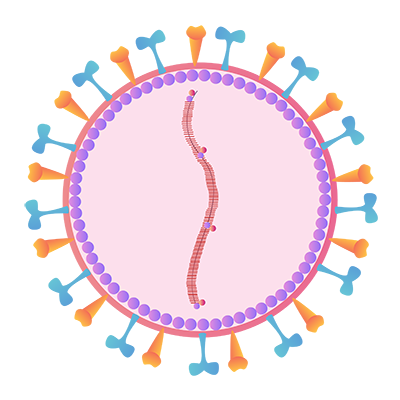
RSV |

VZV |
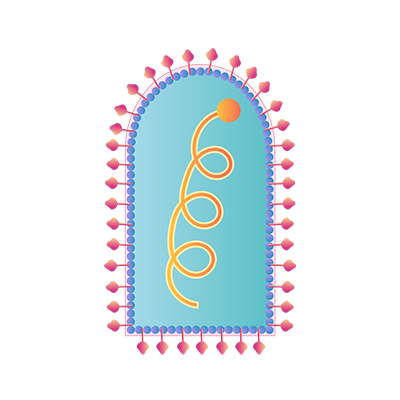
RABV |
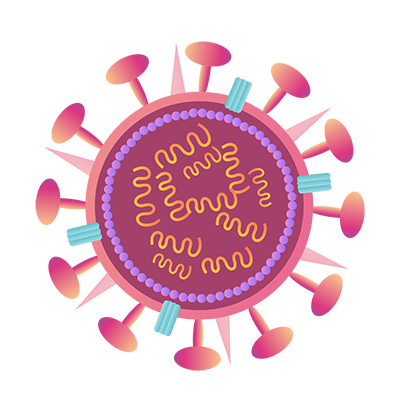
Influenza |
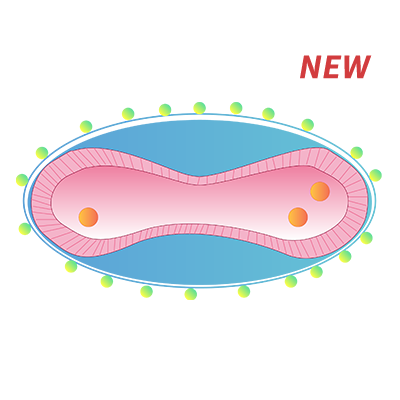
MPXV |
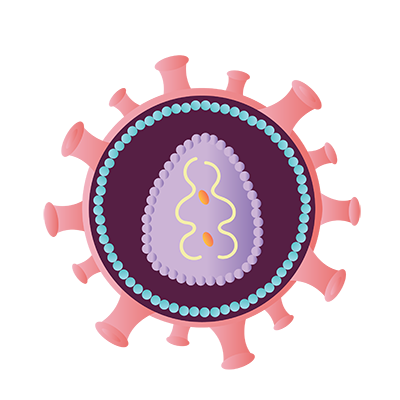
HIV |

HSV |

EBV |
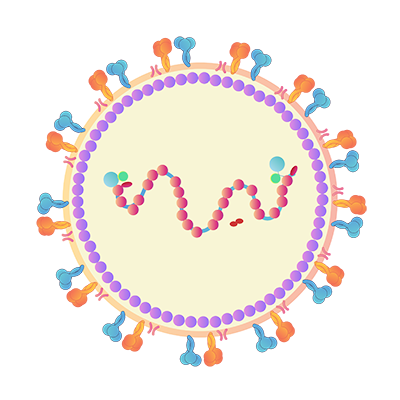
NiV |
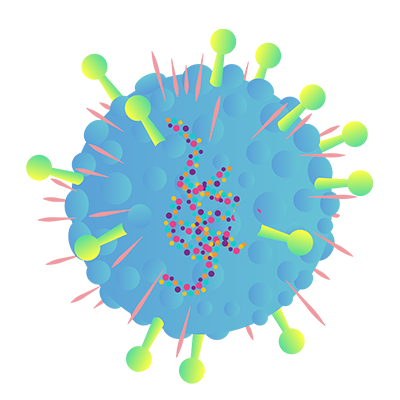
HeV |

EBOV |
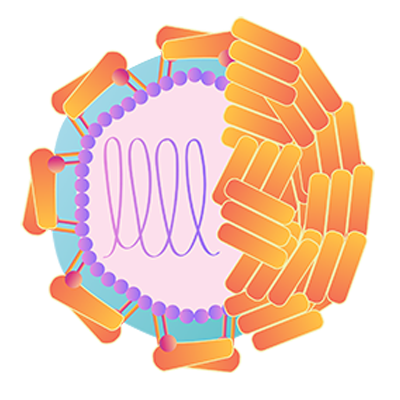
ZIKV |
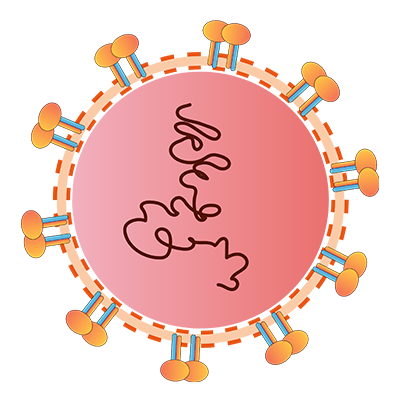
DENV |

SFTSV |
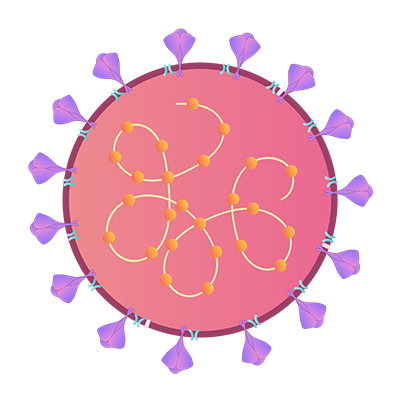
Coronavirus |
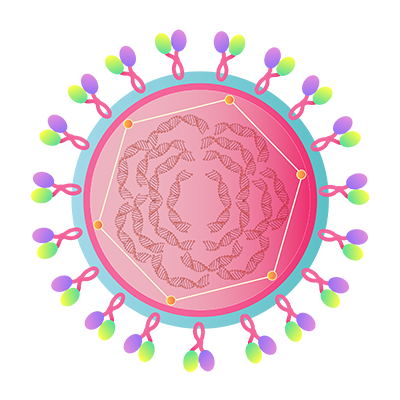
Rotavirus |

Coxsackievirus |
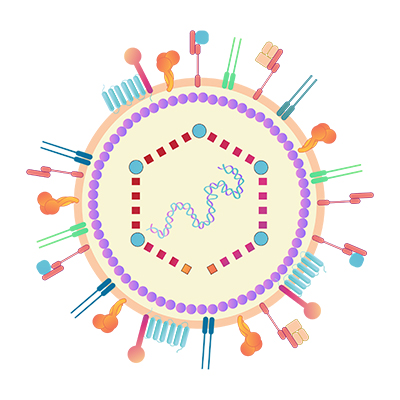
HCMV |
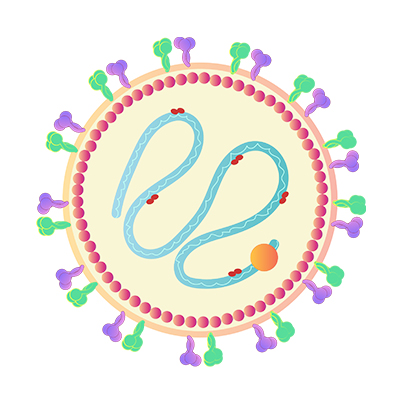
MuV |
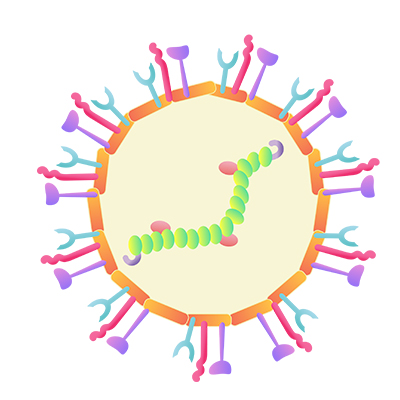
hMPV |
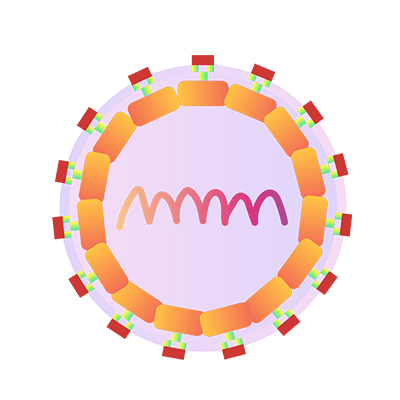
JEV |
>>> SARS-CoV-2 related products:Core reagents for COVID-19 vaccine R&D , Antigens & antibodies for diagnostic kits development , High-throughput solutions for vaccine R&D based on ELISA
>>> Hot Products: Hemagglutinin (HA), Neuraminidase (NA)
>>> Hot Products:Glycoprotein, Anti-RABV glycoprotein antibody
>>> Hot Products: Glycoprotein
>>> Hot Products: gp41, gp120, Capsid protein p24, HLA-A*0201 | B2M & HIV Gag (SLYNTVATL)
>>> Hot Products: Glycoprotein E
>>> Hot Products: NS1
>>> Hot Products: Glycoprotein G, Fusion glycoprotein F0 (Pre-fusion, Post-fusion)
>>> Hot Products: Glycoprotein, Fusion glycoprotein
>>> Hot Products:Gn protein
>>> Hot Products: gH&gL , Glycoprotein C (HSV-2), Glycoprotein D (HSV-1), Glycoprotein D (HSV-2), Glycoprotein E (HSV-2), post-gB
>>> Hot Products: gp350, Glycoprotein H & Glycoprotein L (EBV), Glycoprotein B (EBV)
>>> Hot Products: Pre-Fusion glycoprotein, Glycoprotein (NiV, HeV), ephrinB2
>>> Hot Products: Envelope protein, NS1
>>> Hot Products: VP4
>>> Hot Products: VP0
>>> Hot Products: Glycoprotein B / gB, gH&gL&gO:
>>> Hot Products: HN protein, Fusion glycoprotein F0, Mumps virus HN
>>> Hot Products: Post-Fusion glycoprotein F0
>>> Hot Products: Envelope protein E (JEV)
![]() HEK293-Expression: Die Proteinstruktur ist näher an der natürlichen Konformation;
HEK293-Expression: Die Proteinstruktur ist näher an der natürlichen Konformation;
![]() Hohe Reinheit bestätigt durch SDS-PAGE und MALS;
Hohe Reinheit bestätigt durch SDS-PAGE und MALS;
![]() Hohe Bioaktivität, nachgewiesen durch Antigen-Antikörper- oder Antigen-Rezeptor-Bindungsversuche;
Hohe Bioaktivität, nachgewiesen durch Antigen-Antikörper- oder Antigen-Rezeptor-Bindungsversuche;
![]() Hohe Immunogenität, die zu höheren Antikörpertitern führen kann;
Hohe Immunogenität, die zu höheren Antikörpertitern führen kann;
![]() Es kann für das Screening von Medikamenten und die Entwicklung von Impfstoffen verwendet werden.
Es kann für das Screening von Medikamenten und die Entwicklung von Impfstoffen verwendet werden.
RSV
influenza
VZV
MPXV
HIV
RABV
HSV
NiV
HeV
ZIKV
DENV
SFTSV
EBV
EBOV
Rotavirus
Coxsackievirus
LCMV
Vaccinia Virus
HCMV
hMPV
JEV
HPV
MuV
HTNV
TBEV
| product type | molecule | Cat. No. | Product Description |
|---|
| product type | molecule | Cat. No. | Product Description |
|---|
| product type | molecule | Cat. No. | Product Description |
|---|
| product type | molecule | Cat. No. | Product Description |
|---|
| product type | molecule | Cat. No. | Product Description |
|---|
| product type | molecule | Cat. No. | Product Description |
|---|
| product type | molecule | Cat. No. | Product Description |
|---|
| product type | molecule | Cat. No. | Product Description |
|---|
| product type | molecule | Cat. No. | Product Description |
|---|
| product type | molecule | Cat. No. | Product Description |
|---|
| product type | molecule | Cat. No. | Product Description |
|---|
| product type | molecule | Cat. No. | Product Description |
|---|
| product type | molecule | Cat. No. | Product Description |
|---|
| product type | molecule | Cat. No. | Product Description |
|---|
| product type | molecule | Cat. No. | Product Description |
|---|
| product type | molecule | Cat. No. | Product Description |
|---|
| product type | molecule | Cat. No. | Product Description |
|---|
| product type | molecule | Cat. No. | Product Description |
|---|
| product type | molecule | Cat. No. | Product Description |
|---|
| product type | molecule | Cat. No. | Product Description |
|---|
| product type | molecule | Cat. No. | Product Description |
|---|
| product type | molecule | Cat. No. | Product Description |
|---|
| product type | molecule | Cat. No. | Product Description |
|---|
| product type | molecule | Cat. No. | Product Description |
|---|
| product type | molecule | Cat. No. | Product Description |
|---|
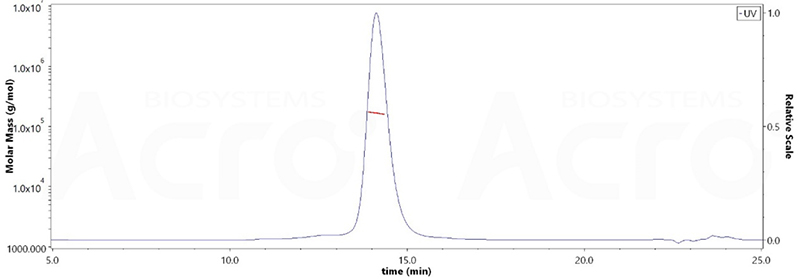
The purity of HRSV (A) Fusion glycoprotein F0, His Tag (Cat. No. RSF-V52H6) is more than 95% verified by SDS-PAGE and 90% and verified by SEC-MALS. The molecular weight of this protein is around 148-182kDa.

Immobilized HRSV (A) Fusion glycoprotein F0, His Tag (Cat. No. RSF-V52H7) at 2 μg/mL (100 μL/well) can bind Anti-Fusion glycoprotein F0 Antibody, Human IgG1 (D25) with a linear range of 0.2-1 ng/mL (QC tested).
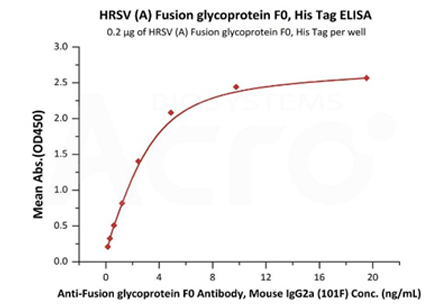
Immobilized HRSV (A) Fusion glycoprotein F0, His Tag (Cat. No. RSF-V52H7) at 2 μg/mL (100 μL/well) can bind Anti-Fusion glycoprotein F0 Antibody, Mouse IgG2a (101F) with a linear range of 0.2-5 ng/mL (Routinely tested).
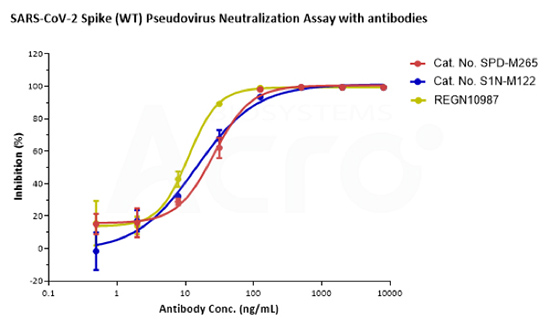
Loaded Monoclonal Anti-SARS-CoV-2 Spike RBD Antibody, Mouse IgG1 (Cat. No. SPD-M305) on AMC Biosensor, can bind SARS-CoV-2 Spike RBD, His Tag (B.1.1.529/Omicron) (Cat. No. SPD-C522e) with an affinity constant of 9.07 nM as determined in BLI assay (ForteBio Octet Red96e).
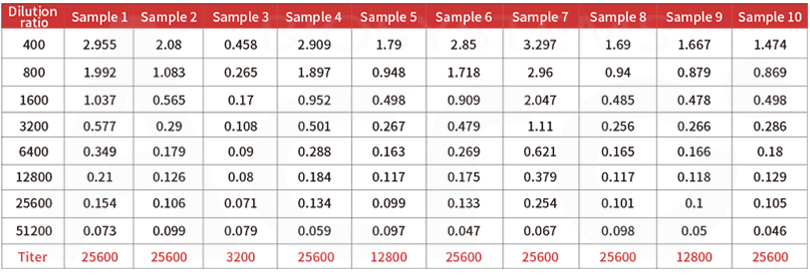
Post-vaccination serum samples are tested with Anti-SARS-CoV-2 Antibody IgG Titer Serologic Assay Kit (Spike RBD) (Cat. No.RAS-T024), which accurately and precisely measure antibody titer in serum (Accuracy≤±15%; Intra-assay precision<10%; Inter-assay precision <15%).
This web search service is supported by Google Inc.
